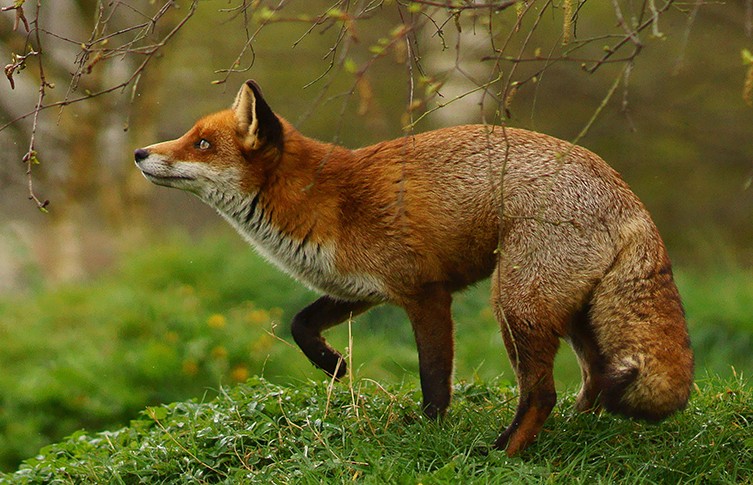Introduction:
London, a city known for its bustling streets and iconic landmarks, is also home to a unique urban dweller – the fox. These cunning creatures have adapted to city life, sparking curiosity and sometimes concern among residents. In this blog, we’ll explore everything you need to know about foxes in London, from their behavior and habits to tips for coexisting harmoniously with these fascinating animals.
Urban Adaptation:
Foxes, scientifically known as Vulpes vulpes, have thrived in urban environments like London due to their remarkable adaptability. With their keen intelligence and opportunistic nature, foxes have found abundant food sources and shelter amidst the city’s parks, gardens, and green spaces. As a result, sightings of these sleek mammals have become increasingly common in residential neighborhoods and urban outskirts.
Behavior and Habits:
Understanding fox behavior is essential for fostering mutual respect and coexistence. Foxes are primarily nocturnal animals, meaning they are most active during the night. However, it’s not uncommon to spot them during the day, especially in quieter areas. Foxes are omnivorous, feeding on a varied diet that includes small mammals, birds, insects, fruits, and scavenged food waste. They are also territorial creatures, with each fox typically occupying a defined territory that they mark with scent glands.
Fox Dens and Reproduction:
During the breeding season, which typically occurs between December and February, foxes establish dens to raise their young, known as kits or cubs. Dens are often located in secluded areas, such as under sheds, in gardens, or in parks. Female foxes, called vixens, give birth to litters of up to six cubs, which are cared for and nurtured within the safety of the den until they are old enough to venture out on their own.
Coexisting with Foxes:
For many Londoners, encountering foxes in their neighborhoods is a delightful part of urban life. However, it’s essential to maintain a balance that respects both human and fox needs. Here are some tips for coexisting with foxes:
Secure bins and compost bins to prevent access to food waste, which can attract foxes and other wildlife.
Avoid feeding foxes intentionally, as this can disrupt their natural foraging behavior and lead to dependency.
Keep gardens tidy and free of potential den sites, such as overgrown vegetation or debris piles.
If encountering a fox, observe from a distance and avoid approaching or cornering the animal.
Install deterrents such as motion-activated lights or ultrasonic devices to discourage foxes from frequenting specific areas.
Legal Considerations:
In the UK, foxes are protected under the Wildlife and Countryside Act 1981, which makes it illegal to trap or kill them without a specific license. As such, humane and non-lethal methods should be used to address any conflicts or concerns related to fox activity.
Conclusion:
Foxes have become an integral part of London’s urban landscape, captivating residents with their beauty, intelligence, and adaptability. By understanding their behavior and habitat needs, we can foster a harmonious relationship with these fascinating creatures while ensuring the well-being of both humans and foxes alike. So, the next time you spot a fox prowling through your neighborhood or catching a glimpse of one in a local park, take a moment to appreciate the wonder of urban wildlife in London.

Author: Jon Tabner
Hi! I’m Jon Tabner, I am a Graphic Designer, Blogger and Marketing Executive in profession. Exploring new things, innovation and designing is my passion. Now working as head of Graphic Designing & Marketing Executive team at Print In London and currently I am based in London. I love using my design knowledge to inspire small businesses to think outside the box when designing their print.

